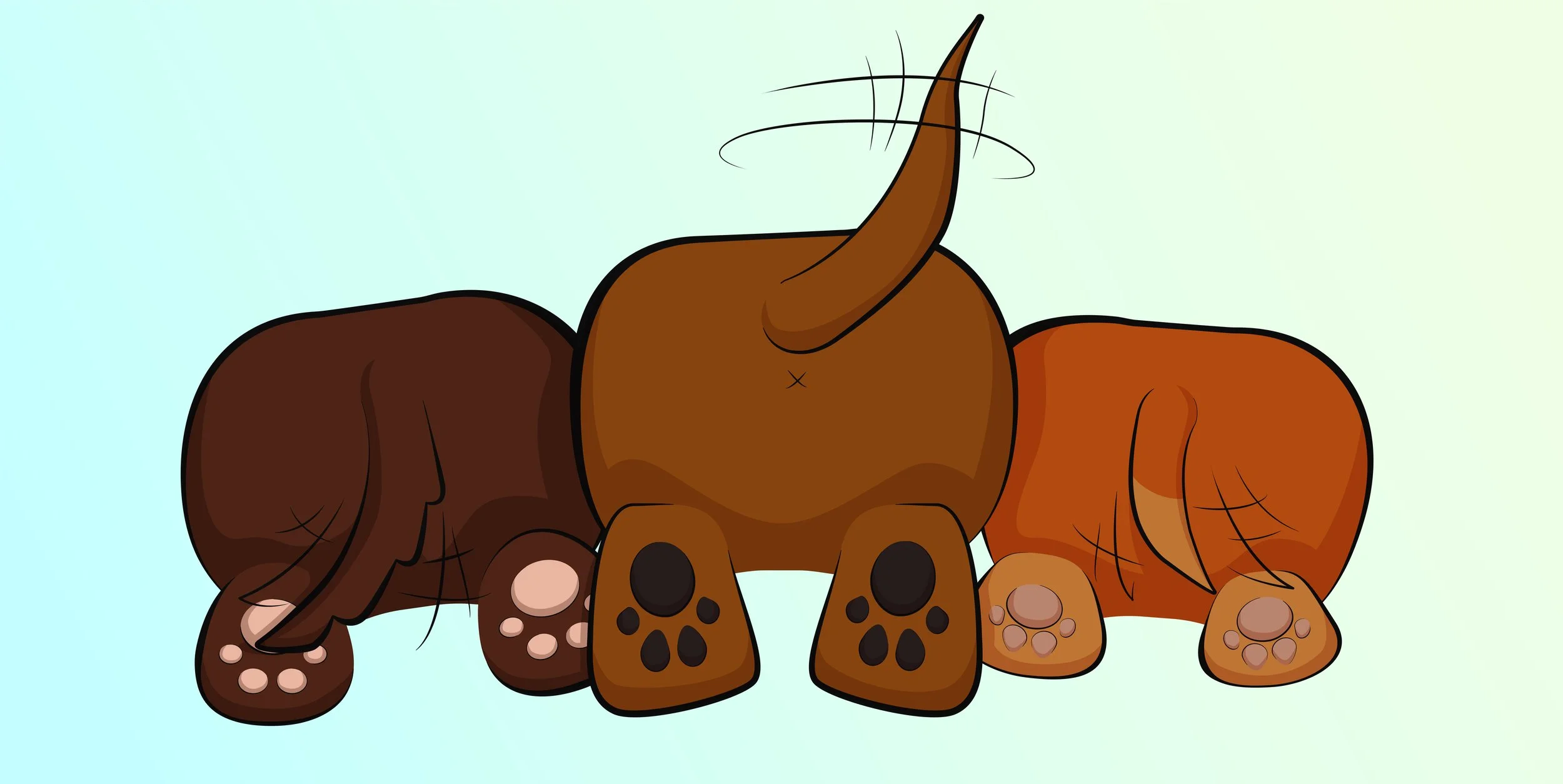Unraveling the Wag: The Whys Behind Dogs’ Tail Waggings
Demystifying the Enigmatic Tail Wag of Dogs - Every Query, Deciphered
One of the most delightful sights for a pet lover is the joyous wag of a dog’s tail – or even its tiny stub if it’s been docked. This universal canine behavior is a significant means of communication, expressing various emotions ranging from exuberance to agitation. In this blog post, we delve deep into understanding why dogs wag their tails, answering all the questions tickling your curious mind.
Dogs are known for many things – their loyalty, their keen sense of smell, and, of course, their wagging tails. Have you ever stopped to wonder what's behind this rhythmic swishing? Why do our canine companions wag their tails?
Why Do Dogs Wag Their Tails?
Expression of Emotion: A wagging tail primarily signals emotions. When your furry friend is ecstatic to see you, its tail wildly sways side to side or even in circles. Alternatively, a slow, deliberate wag may suggest your dog is navigating through a situation cautiously.
Social Interaction: Tails serve as a pivotal tool for social interaction among dogs. Tail wagging aids in establishing their social position and intentions. For instance, a high, stiff wag may indicate dominance or agitation, whereas a lower, faster wag displays submission and friendliness.
Signaling Nervousness: Not all wags are joyful. Dogs might wag their tails when nervous or insecure. An anxious dog may lower its tail, wagging it tentatively. Understanding these nuances can offer insights into your pet's mental state, helping you respond appropriately.
Attracting Attention: Dogs also use their tails to attract attention. If your pet needs something, it might wag its tail to catch your eye. The wag in this scenario is usually slow and steady, capturing your gaze without alarming you.
The Science Behind the Wag:
Brain and Spinal Cord Connection: The wagging process begins in your dog's brain, transmitting signals down the spinal cord to engage the muscles responsible for tail movement. Each wag, hence, is a precise reflection of your dog's emotional state at that moment.
Left vs. Right Wag: Research has revealed that the direction of the tail wag holds significance. A wag more towards the right side is associated with positive emotions, while a left-sided wag corresponds to negative feelings, providing a fascinating glimpse into the canine mind.
Decoding the Wag: Quick Guide
Fast and Furious: This wag typically implies a very excited dog. If the tail is wagging more to the right, your dog likely feels happy and secure.
Slow and Steady: A slow wag, especially with the tail at half-mast, often indicates that the dog is insecure or unsure about something.
Tiny Vibrations: If the tail vibrates or trembles while wagging, the dog might be very agitated or overstimulated.
Tail Held High: A tail held high while wagging may signify confidence and dominance.
Tail Held Low: A tail positioned low or between the legs, even if wagging, usually denotes fear, submission, or anxiety.
The simple act of a dog wagging its tail conceals a complex language of emotions and signals waiting to be decoded by attentive pet parents. Understanding these subtle cues allows us to connect with our furry companions on a deeper level, responding empathetically to their feelings and needs. Whether it's a vigorous wag or a tentative swish of a docked stub, each movement is a silent whisper, weaving tales of joy, caution, and affection in the enchanting language of tails.
Tail wagging is a complex form of communication that dogs have honed over thousands of years. By paying close attention to our furry friends' tail movements and understanding the context, we can gain insights into their emotional state and deepen our bond with them.
Remember, while the tail gives us a glimpse into a dog's feelings, it's always best to consider the whole picture, including body posture, facial expression, and vocalizations. So, the next time you see a tail wagging, take a moment to appreciate the intricate language of dogs.


